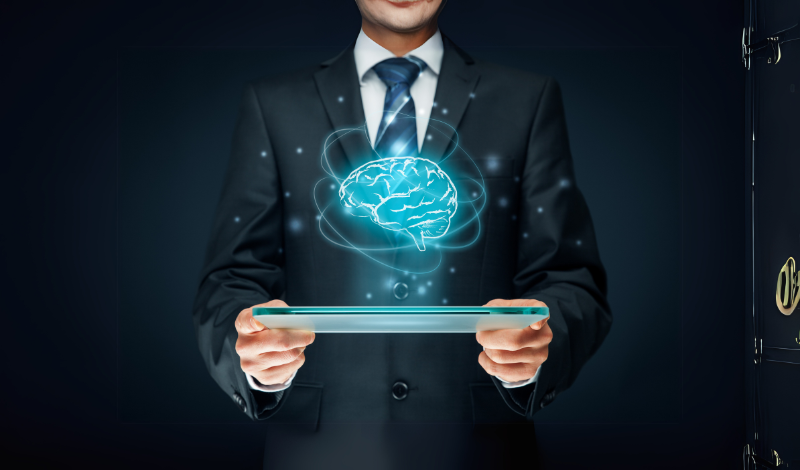At Friday Labs, we’re deeply invested in exploring cutting-edge technology that shapes the future, including artificial intelligence. Artificial intelligence (AI) is a combination of technologies that allows machines to perform a wide range of advanced operations, such as seeing, understanding, and translating languages both written and spoken, analysing data, making recommendations, and so on. AI is the driving force behind current computing innovation, creating value for both individuals and enterprises. For example, OCR technologies use artificial intelligence (AI) to gather data and text from photos and documents, transforming unorganised information into business-ready, organised data and revealing useful insights.
In this post, we will delve deeply into the field of AI, describing what it is, what sorts are currently accessible and on the way, sharing artificial intelligence examples, and explaining how you may obtain online AI training to enter this exciting industry.

What is Artificial Intelligence?
Artificial intelligence refers to the development of machines capable of doing activities that would normally require intelligence from humans. It’s like letting machines think, acquire knowledge, and make choices on their own. Artificial intelligence technology allows computers to analyse massive volumes of data, recognise patterns, and solve complicated issues without any explicit programming. It entails developing intelligent machines capable of seeing their surroundings, understanding spoken language, and adapting to changing situations.
What is Artificial Intelligence, and What Are the Main Types of AI?
Here are the main types of AI you should know about:
Reactive Machines:
These artificial intelligence systems are focused on being in the moment. They assess the existing situation and reply purely based on the available information. They have no memories or capacity to learn from previous experiences. Reactive devices excel in activities that need quick analysis, such as chess and weather forecasting.
Theory of Mind:
AI works with reactive machines and tries to grasp human feelings, opinions, and goals. It tries to create systems capable of perceiving and interpreting people’s states of mind. While still under development, the theory of mind AI has promise for use in domains such as psychology and interaction between humans and computers.
Limited Memory:
AI systems have limited capacity for memory, helping them to remember and recall information from recent events. Using previous data, memory is limited. AI may develop to enhance its efficiency over time. This sort of AI is often utilised in chatbots, systems for recommendation, and support applications.

Artificial Intelligence Examples
Here is a wide range of potential applications for artificial intelligence (AI). Many of which inspire innovation at Friday Labs:
ChatGPT
ChatGPT, an artificial intelligence chatbot, may produce content in a number of formats, such as writing, code, and replies to simple questions. OpenAI released ChatGPT in November 2022, which can closely duplicate human writing. ChatGPT was released as an iOS operating system mobile app in May 2023, followed by an Android version in July 2023. Despite being an outstanding example, it is only one among several chatbots.
Google Maps
Google Maps monitors traffic flow and calculates the fastest route by combining GPS locations from mobile devices with user-reported data regarding issues such as road maintenance and accidents.
Smart Assistants
NLP is a method that allows mobile artificial intelligence assistants like Cortana, Alexa, and Siri to interpret user commands. These instructions include setting notifications, surfing the internet, and regulating home lighting. These virtual assistants often recognise user preferences and slowly enhance their user experience by generating better suggestions and offering more personalised assistance.
Snapchat Filters
The filters on Snapchat are also a type of machine learning (ML) system to detect facial movements, distinguish between an image object and the background, and adjust the image on the display in response to user activities.




